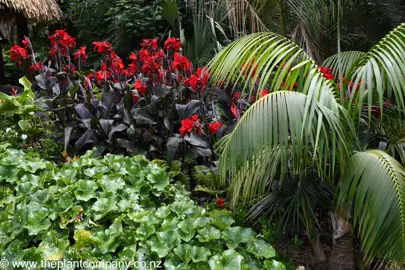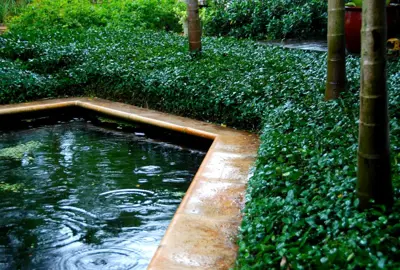How Fast Do Ponga Trees Grow In NZ?
Ponga trees, also known as the Silver Fern tree, are known for their slow growth rate. While their exact growth rate can vary depending on several factors, here's a general idea:
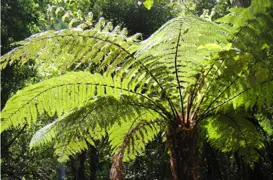
Ponga Trees make beautiful statements in landscaping projects as they add both a native and fresh element to a space. These series of articles provide insight into our Ponga trees and their care.
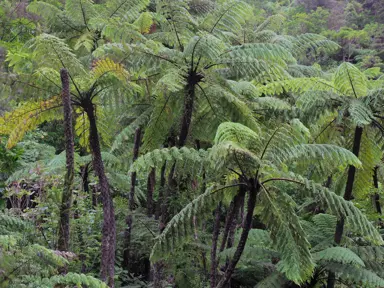
Ponga trees, also known as the Silver Fern tree, are known for their slow growth rate. While their exact growth rate can vary depending on several factors, here's a general idea:
It's important to remember that these are just estimates, and the actual growth rate can be influenced by various factors:
Therefore, if you're planting a ponga, it's important to be patient and understand that it will take many years for it to reach a significant size. However, their slow growth is compensated by their longevity, as pongas can live for centuries with proper care.
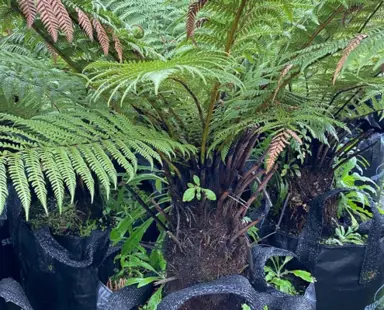
Choose a partial shade position with good drainage and moderate shelter for your Ponga Tree. The hole should be dug to at least 50-75% deeper and wider than the container the plant is currently growing in. A good planting spade makes this job a lot easier. The Plant Company recommends incorporating compost or sheep pellets into the soil to provide additional organic material, but this is not essential. Do not put fertiliser in the bottom of the hole, rather spread that on the soil surface after planting, and preferably do this when the plant is actively growing in spring.
Remove the plant from the container it is growing in by either pulling it free or by cutting the bag. We recommend cutting the bag, especially for larger grade plants, to minimise any chance of damaging the roots. The Plant Company does not advise cutting through roots, even if the plant is rootbound, as that injures the plant. Our article, Managing Rootbound Plants explains this in more detail.
Now place the plant in the hole and make sure it is level with the soil surface before filling in around it. If it is sitting above the soil surface, dig more out. If it is below, put in more soil and retest the level. Once the plant is set level with the soil surface, add more soil gradually and firm it around the plant using gentle pressure from your fingers as you go. Scatter native plant fertiliser across the soil surface after planting and the give the plant a good watering. If the plant is taller than 30 cm you might want to consider staking it to give it a bit of extra support and use tree ties for secure and appropriate holding. Make sure the soil around the tree does not dry out but be careful to avoid overwatering it and drowning it!
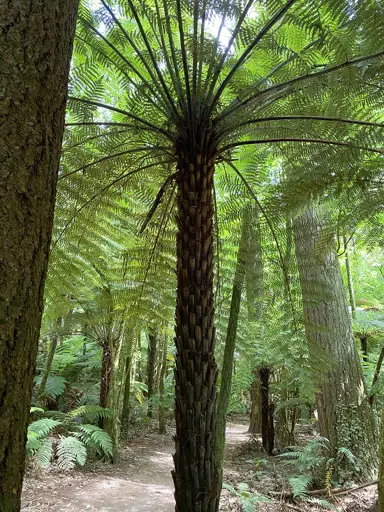
Here's a quick guide about Ponga tree care:
Location:
Maintenance:
Pests and Diseases:
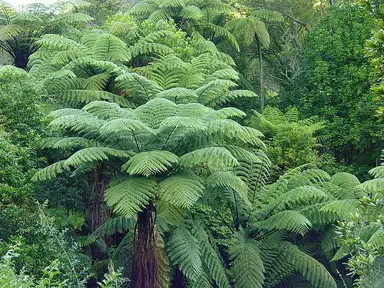
The Plant Company has Ponga trees for sale in a range of different sizes. If we don’t have what you are looking for, feel free to contact us and the team will endeavour to source for your needs.
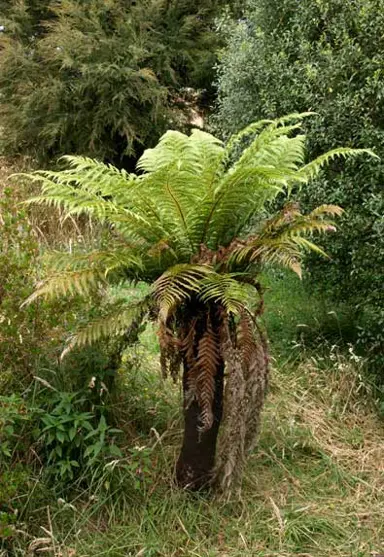
The Ponga Fern, also known as the Silver Fern, is native to New Zealand.
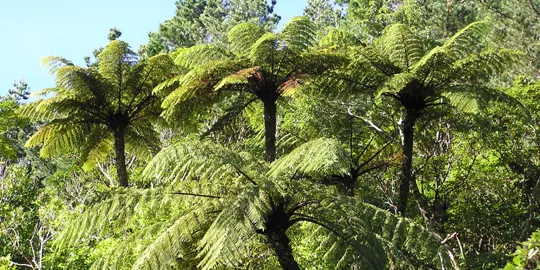
Ponga and Mamaku are both types of tree ferns native to New Zealand, but they have some key differences:
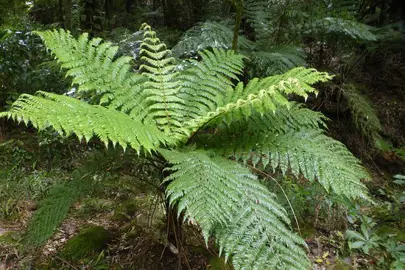
A Ponga Tree can be a challenge to grow outside of its native environment. It specifically requires:
Whether you need assistance finding the plant you’re looking for or you simply want to know more about who we are and what we do, we invite you to get in touch with us today. A member of The Plant Company team will get back in touch as soon as possible.

